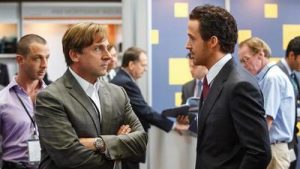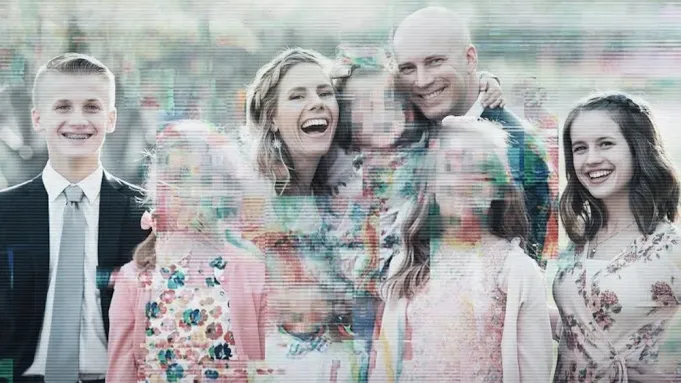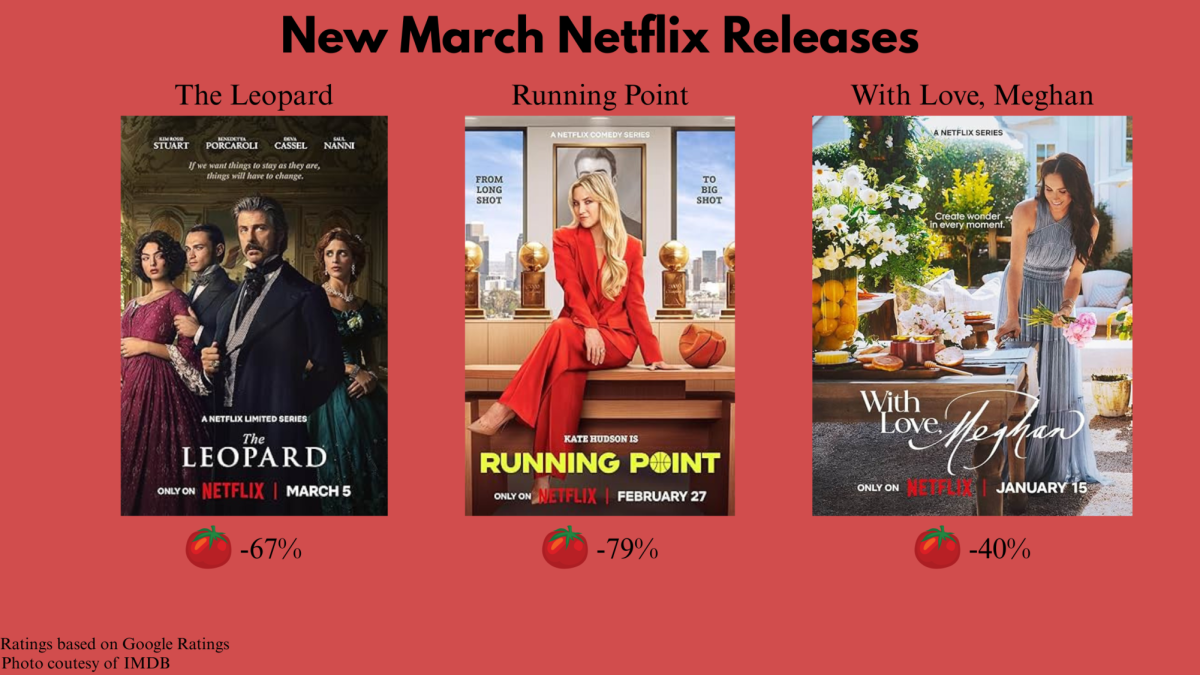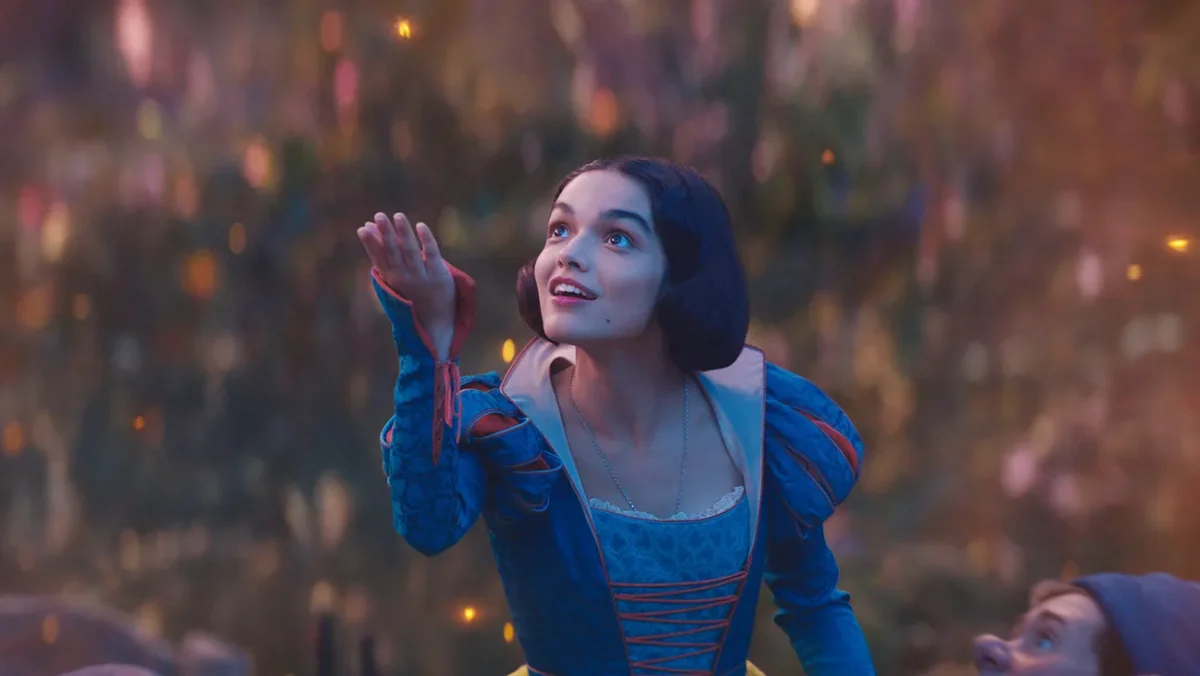“The Big Short,” based on the book by Michael Lewis, is an insightful and important look at the 2008 financial crisis, though it is anything but unbiased.
The movie follows various investors and traders both on and off Wall Street who realize that the housing market is a bubble years before anyone else does. By betting against the housing market, they are positioned to make money when it fails.
There are very few redeeming characters in “The Big Short.” Some investors brag about selling adjustable-rate mortgages to clueless strippers, and others with a vaguely protagonistic bent count on millions of people to default on their mortgages in order to profit.
When Ben Rickert (Brad Pitt), a grizzly retired investment banker, scolds his two young upstarts for celebrating the money they’ve won when the market crashes, he reminds the audience that in rooting for for the takedown of Wall Street, they are in fact rooting for people to lose their homes and jobs.

Though director Adam McKay overwhelms the audience with facts and figures, it is a very effective way to fully convey the impact of the crisis because it details the fallout of the crash as it pertained to everyday Americans.
The most poignant scene of the movie comes when employees of hedge fund manager Mark Baum (Steve Carell) wander through a new development of houses, talking with the homeowners to discuss why they defaulted on their mortgages. Except many of the houses are vacant because the residents fled angry debt collectors. This scene lends a more emotionally desolate feeling to the film. The rest of the movie is devoted to people shouting at quick-talking bankers, and all the glitz and glamour that comes along with stereotypes of Wall Street. However, as the employees walk down this completely deserted street, it really wakes audience members up to the devastating reality of the financial crash.
McKay’s rage at the crooked investors simmers under the surface throughout the film, though this movie is not based purely on emotion. Instead, McKay makes little effort to dumb down the complicated financial terms to make it easier for audiences to understand. He uses celebrity cameos by household names such as Selena Gomez in order to explain things like synthetic collateralized debt obligations. These explanations help just enough so that laypeople can follow the movie, and though the technical jargon can be hard to understand, it aptly represents the way Wall Street confused investors the same way in the early 2000s.
This focus on the numbers and economic concepts is complemented by outstanding performances from a large ensemble. Christian Bale stands out as Michael Burry, a neurotic hedge fund manager who spends the majority of his screen time rocking out to death metal, and Ryan Gosling is excellent as Jared Vennet, an oily fast-talking banker. However, neither of their characters seem particularly concerned with the plight of the American public, showing that even those fighting Wall Street can be deeply impersonal.
The only character who seems to have a soul is that of Carell, who plays his part with impressive emotional depth, actually enabling the audience to empathize with someone.
Co-written by McKay and Charles Randolph, the dialogue is consistently sharp and snappy. I’ve never felt so bad for laughing at something as I did during this movie.
“The Big Short” exposes the greed, ignorance and corruption of Wall Street during the housing market, and it completely hits its mark. Though the concept might not be the easiest to understand, “The Big Short” serves as a well-acted, well-directed, well-written alarm to the dangers of financial idiocy.






